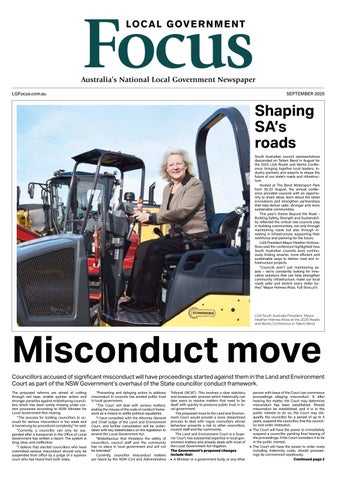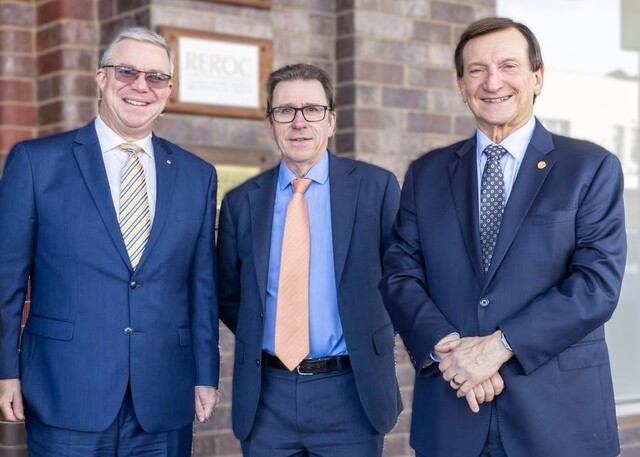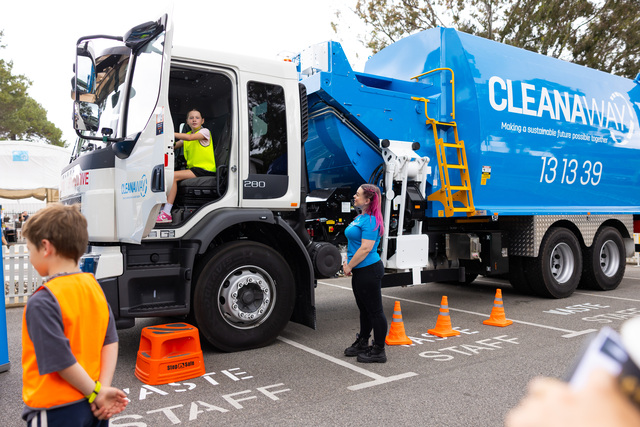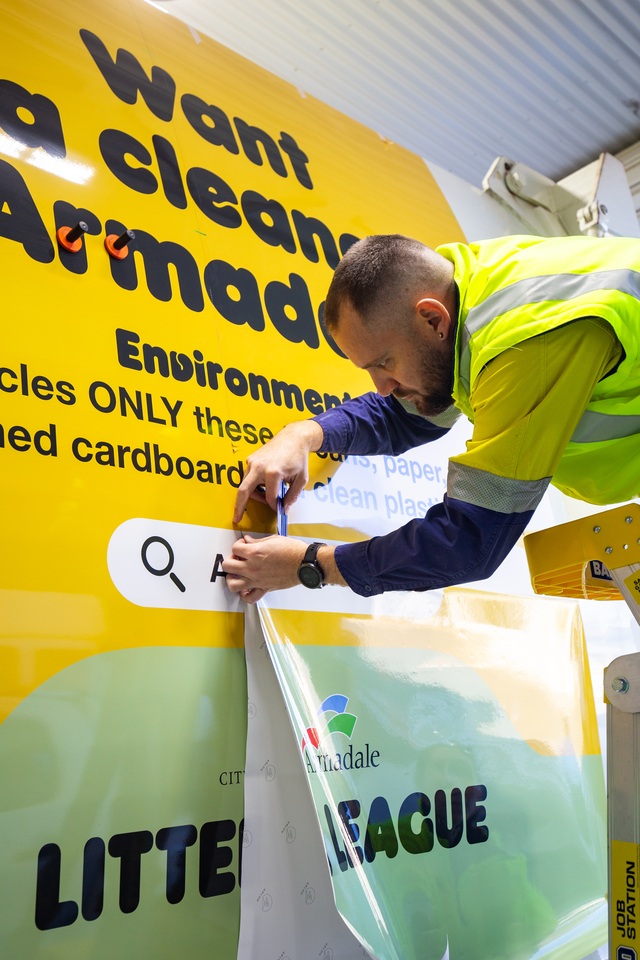By Rob Cook
Organisational efficiency is no longer limited to production and administration processes. Rising costs and rising stakeholder expectations mean that every aspect of an organisation’s operations is now under scrutiny.
Things need to be done quicker, more cheaply and more reliably – right across the board.
As a core function in all councils, procurement has not escaped the efficiency imperative. Described as the art and science of buying “right”, the benchmarks for procurement continue to rise as local authorities expect better goods and services at lower prices.
Experienced procurement professionals know that you can only drive price down so far without jeopardising performance and, therefore, increasing risk. So, we’re seeing a shift away from the blind pursuit of the lowest cost to a broader focus on achieving overall value in the most efficient way possible.
Recall those reports about the recent pedestrian bridge collapse at a Miami university? While the managers of the $14.2 million project succeeded in delivering it on budget and way ahead of schedule, all that pales into insignificance when the impact of six associated deaths is taken into account.
Similarly, a ‘cheap deal’ on copy paper may keep the accountants happy, but they won’t be impressed if deliveries are tardy or the payment terms are tedious and time-consuming, adding administrative costs.
Stepping back further, the focus on efficiency has also forced some organisations to look at the way they source supplies. Those with decentralised processes in which staff are able to simply buy what they need have seen the value of reining this in by putting these purchasing practices back in the hands of professionals and leaving line staff to do what they do best.
Meanwhile, organisations with centralised procurement models have also re- evaluated their processes, focusing on how to reduce the time and effort devoted to purchasing.
One solution gaining solid traction is e-tendering. This approach replaces manual tasks (such as laboriously seeking out potential suppliers, contacting them one by one, and manually analysing all bids and tenders) with automated options.
E-tendering allows organisations to harness the power of the Internet to communicate their needs, seek offers from the marketplace and then evaluate the incoming submissions.
Most organisations get the ‘big stuff’ right most of the time. If a council is switching suppliers for a core service, it usually understands the market, can accurately describe its own needs and is able to identify potential suppliers. And given the size of the prize, it’s worth throwing some resources at the process.
But this approach is equally useful for commodity-type purchases, where multiple vendors are offering similar products and services. Often, organisations are reluctant to go to market for these supplies because the price differences may be relatively small – and do not justify the time and effort required to run a formal tender.
So, we see the level of purchasing professionalism wane as the value, significance and risk associated with the goods or services reduces. Unfortunately, those lesser purchases add up – and the leakage can impact disproportionately on budgets, especially if it goes unchecked.
With smart tools, the same level of rigour can be applied to small purchases, with very little rise in processing costs.
E-tendering can apply robust, transparent and auditable processes to all purchases, ensuring that councils not only ‘buy smart’, but do so efficiently and effectively.
The drive for increased efficiency has organisations questioning all aspects of their operations, including addressing spend.
The focus is not just on what is being bought and used, but increasingly, on how it is bought. And here, technology can deliver immediate and lasting benefits, both for organisations with limited procurement expertise and for those with mature, effective procurement practices.
Importantly, not only does doing it smarter improve efficiency, but in an atmosphere of increased public scrutiny, it also increases transparency and mitigates risk.
That’s three birds with one stone.
Rob Cook is Marketing Manager of TenderLink (tenderlink.com), one of Australasia’s largest web-based procurement networks
*Copy supplied by TenderLink







